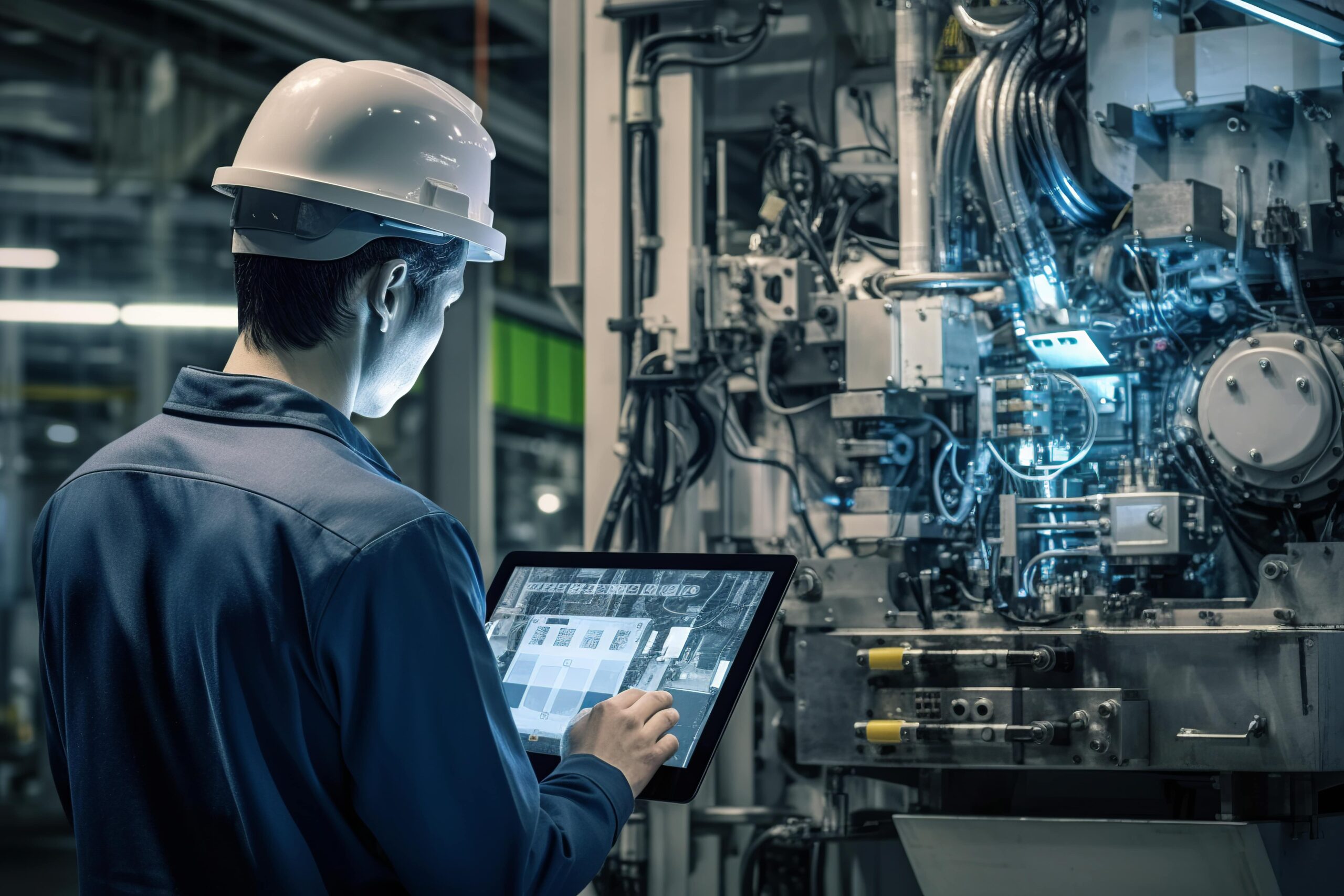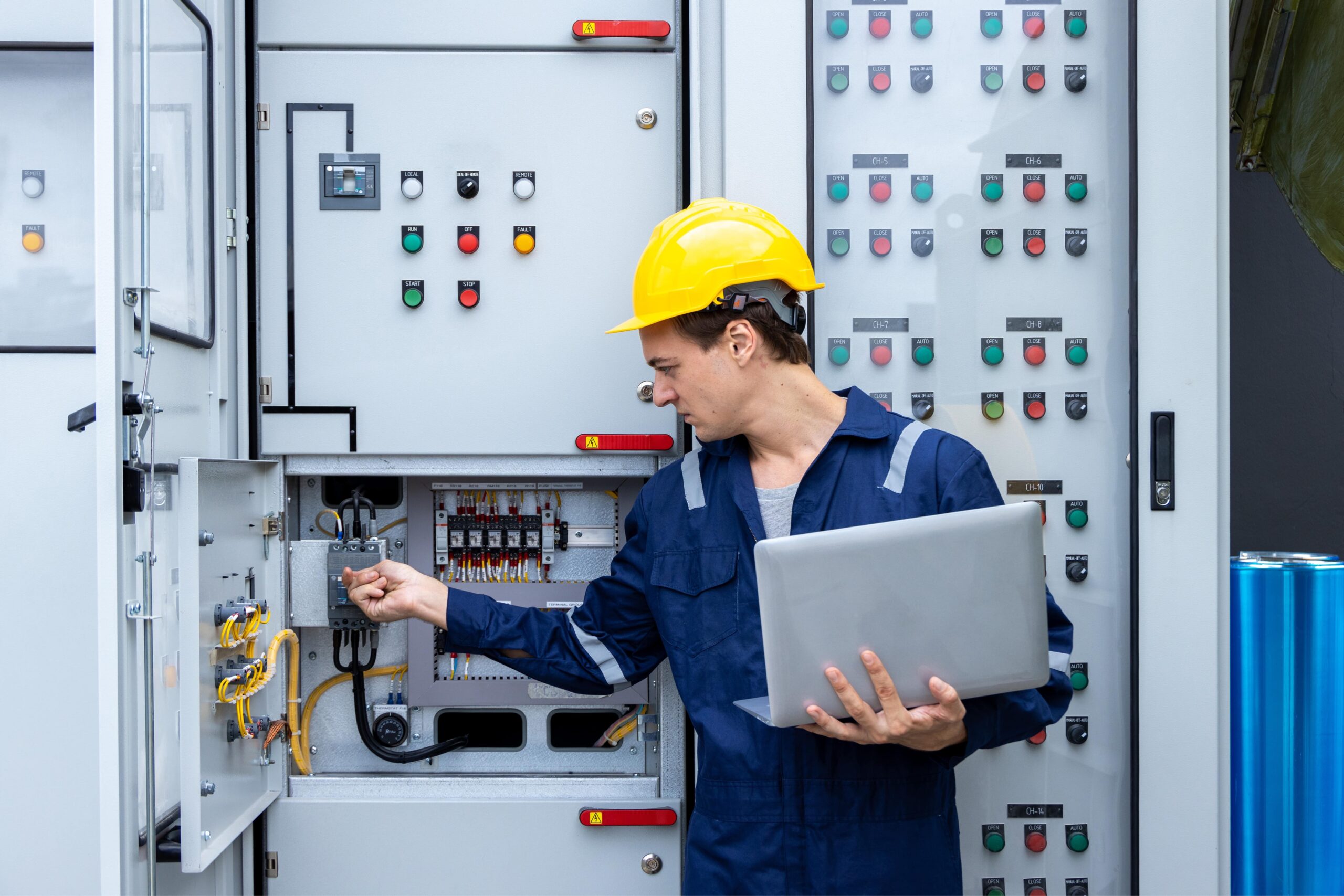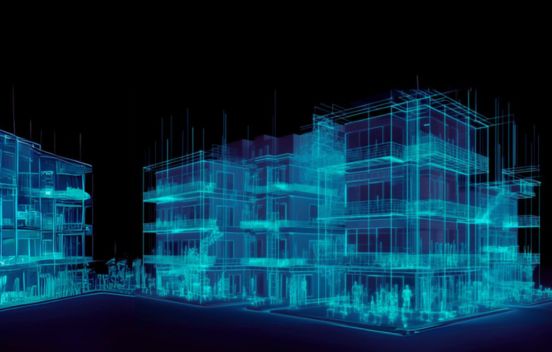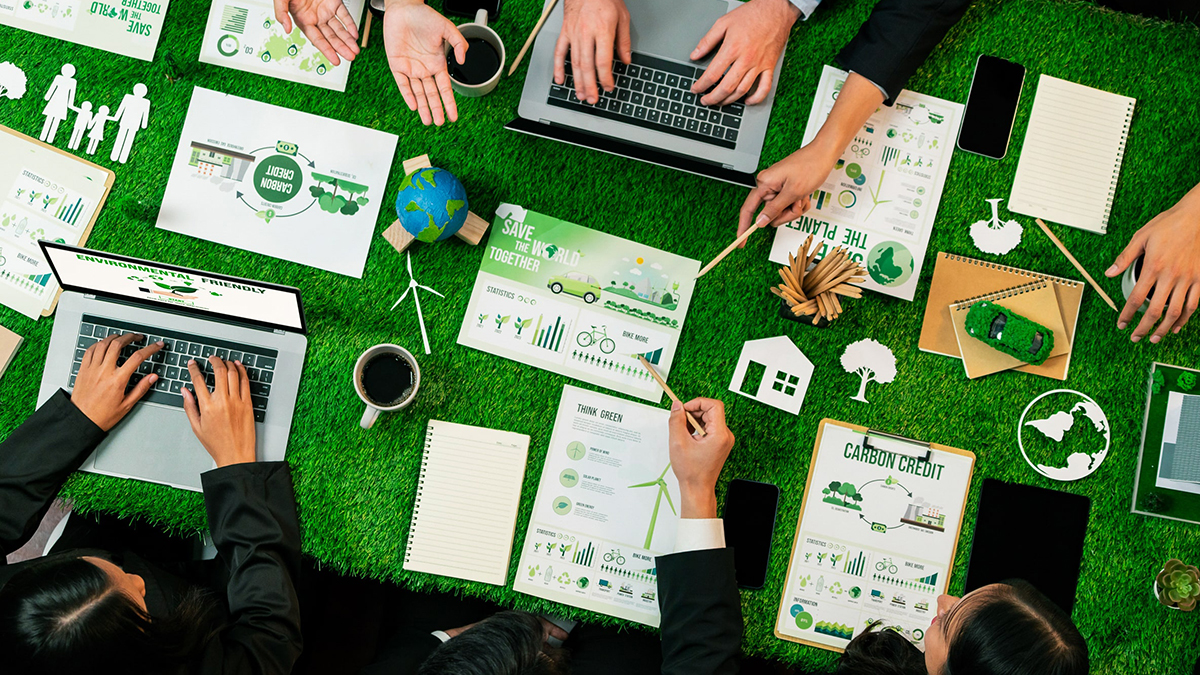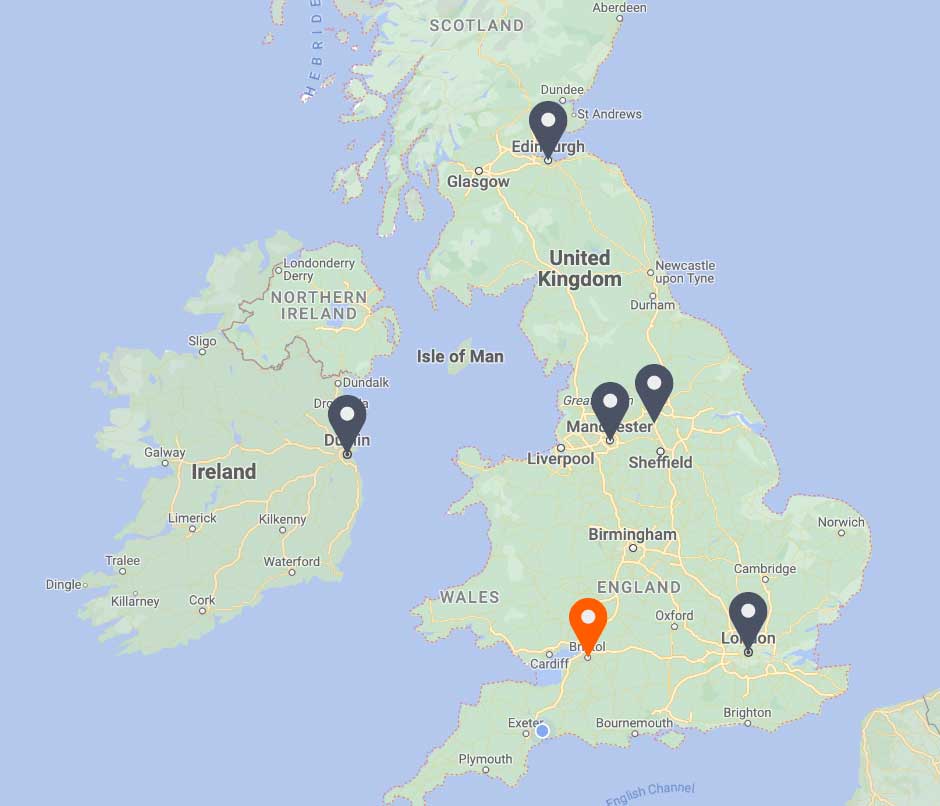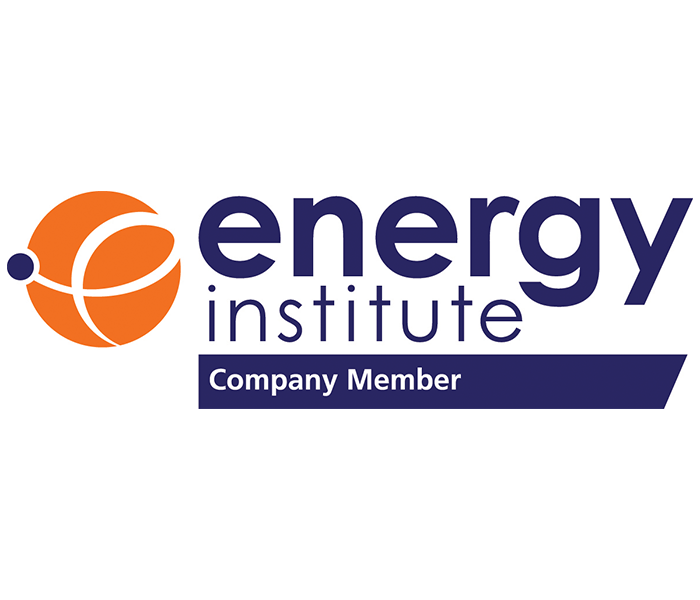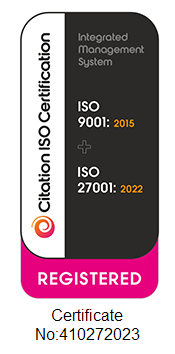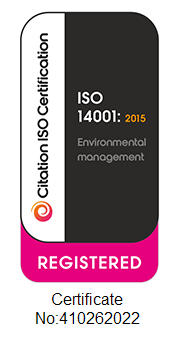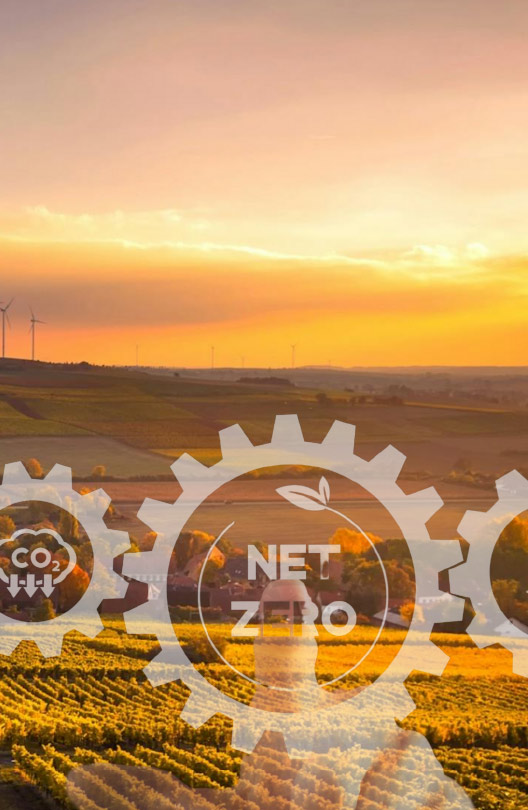THIS ARTICLE AT A GLANCE
CONTACT ETS
If you have any questions or would like to discuss further what you should be doing, ETS is here and willing to help.
Call 0117 205 0542
Email enquiries@energy-ts.com
Submit a contact form
CHECK OUR SERVICES
Introducing Smart Building Technology into an Existing Building

When it comes to creating a Smart Building, it all boils down to what your goals are and what the desired end-state is. Smart buildings have the potential to completely change the way we interact with buildings and change our work lives.
At the end of the day, the building should work for its occupants and not the other way around. So, keep this in mind as you embark on this journey. The goal of a Smart Building is to deliver useful services that help make occupants more productive and safer at the lowest cost, and with the least environmental impact.
A Smart Building optimises and minimises energy. Occupant security and quality of life is one of its top priorities. This means not just physical security, such as connected fire suppression and alarm systems, but also health security— good-quality air and water, and the like.
That being the case, Smart Buildings are a critical component regarding energy usage and sustainability. The building automation systems, such as HVAC control, lighting control, power management, and metering play a major role in determining the operational and energy efficiency of a building. So, much thought and planning needs to go into this beforehand.
So here a question. You may wonder how do I validate the amount of energy I use & could save?
Well one of the advantages of IoT equipment is its ease of deployment making it an easy product to install even for a test purpose. This will enable you to find out the energy consumption very quickly and easily.
It could be used just for a number of weeks to get a snap shot of the building before any commitment is made, enabling data to be collated and a report to be generated on any projected ROI. So, this is another idea to keep in mind.
In summary, when clients first think about smart buildings, they often think about using the latest and most exciting technology. However, before jumping right in and purchasing this technology (because there’s plenty out there), take a step back and ask yourself
- What will make this building smart?
- What is our goal and vision for the end product?
Spending a lot of time upfront in this vision and discovery process will help to ensure you embark on the right path. Build your team at this stage, with the right people, get them on board and make them a part of the process. Once you and your team are aligned on the details, plan and plot the journey, and remember it’s more than purchasing a piece of the latest technology; it’s making a commitment to change, but the benefits can be great.
Final thoughts
If you are looking for an energy management system that is tailored to your business needs, ETS can provide you with 25 years of experience in dramatically improving energy efficiency and reducing environmental impacts. Whether your businesses have individual assets or large international portfolios, ETS can assist you in saving substantial amounts of money while significantly reducing your carbon performance.
To discuss your requirements, get in touch. You can contact us by calling 0117 205 0542 or drop us an email at enquiries@energy-ts.com.
When it comes to creating a Smart Building, it all boils down to what your goals are and what the desired end-state is. Smart buildings have the potential to completely change the way we interact with buildings and change our work lives.
At the end of the day, the building should work for its occupants and not the other way around. So, keep this in mind as you embark on this journey. The goal of a Smart Building is to deliver useful services that help make occupants more productive and safer at the lowest cost, and with the least environmental impact.
A Smart Building optimises and minimises energy. Occupant security and quality of life is one of its top priorities. This means not just physical security, such as connected fire suppression and alarm systems, but also health security— good-quality air and water, and the like.
That being the case, Smart Buildings are a critical component regarding energy usage and sustainability. The building automation systems, such as HVAC control, lighting control, power management, and metering play a major role in determining the operational and energy efficiency of a building. So, much thought and planning needs to go into this beforehand.
So here a question. You may wonder how do I validate the amount of energy I use & could save?
Well one of the advantages of IoT equipment is its ease of deployment making it an easy product to install even for a test purpose. This will enable you to find out the energy consumption very quickly and easily.
It could be used just for a number of weeks to get a snap shot of the building before any commitment is made, enabling data to be collated and a report to be generated on any projected ROI. So, this is another idea to keep in mind.
In summary, when clients first think about smart buildings, they often think about using the latest and most exciting technology. However, before jumping right in and purchasing this technology (because there’s plenty out there), take a step back and ask yourself
- What will make this building smart?
- What is our goal and vision for the end product?
Spending a lot of time upfront in this vision and discovery process will help to ensure you embark on the right path. Build your team at this stage, with the right people, get them on board and make them a part of the process. Once you and your team are aligned on the details, plan and plot the journey, and remember it’s more than purchasing a piece of the latest technology; it’s making a commitment to change, but the benefits can be great.
Related Article
8 Ways Businesses Can Reduce Energy Use in the Workplace This Winter
Discover how to comply with ESOS Phase 4 and unlock energy-saving opportunities for your business. This guide explains the requirements, highlights key deadlines, and provides actionable strategies. Learn how energy audits, tailored action plans, and expert support can reduce costs, improve efficiency, and align your organisation with sustainability goals.
ESOS Action Planning: Complying with Phase 4 and Implementing Energy Saving Strategies
Discover how to comply with ESOS Phase 4 and unlock energy-saving opportunities for your business. This guide explains the requirements, highlights key deadlines, and provides actionable strategies. Learn how energy audits, tailored action plans, and expert support can reduce costs, improve efficiency, and align your organisation with sustainability goals.
Important Update: What You Need to Know about ESOS Phase 3
Time is ticking for the ESOS Phase 3 deadline. The Environment Agency announced that the reporting system is available now. For organisations qualifying for ESOS Phase 3, the deadline for submitting a compliance notification is 5 June 2024, and organisations should still look to meet this compliance notification deadline where possible.







